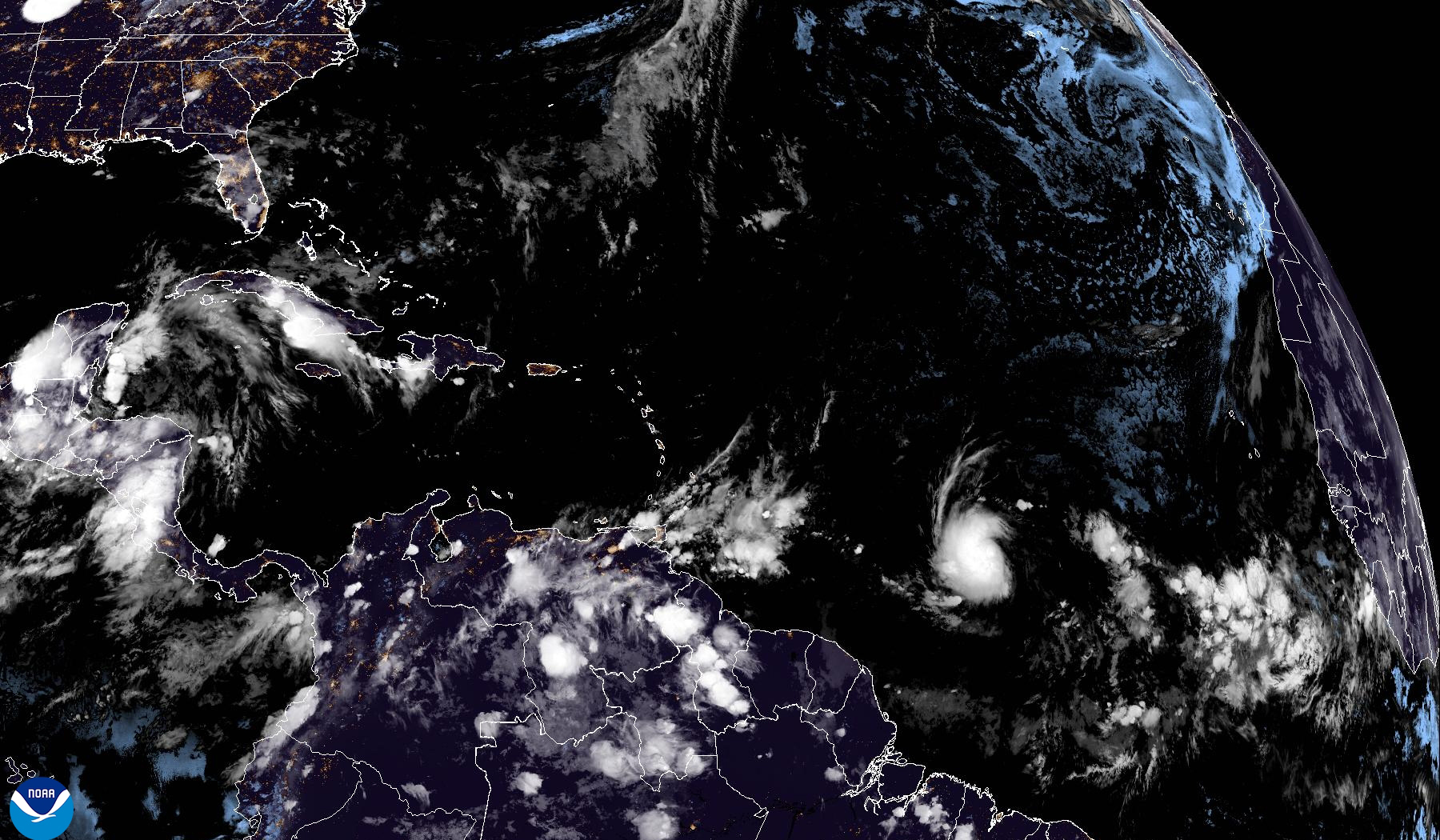Hurricane Preparedness and Safety

National hurricane center beryl – With Hurricane Beryl approaching, it’s crucial to prioritize safety and take necessary precautions. Stay informed and follow guidelines to ensure your well-being during this storm.
To prepare effectively, consider the following essential tips:
Evacuation Procedures
- Monitor official advisories and evacuation orders from local authorities.
- Identify evacuation routes and designated shelters in your area.
- Plan an evacuation strategy with family and friends, including transportation arrangements.
Emergency Supplies
Gather a comprehensive emergency kit that includes:
- Non-perishable food and water (1 gallon per person per day for at least 3 days)
- First-aid kit and essential medications
- Flashlights, batteries, and a portable radio
- Whistle or signaling device
- Cash and important documents (passports, insurance cards, etc.)
Property Security
Secure your property to minimize damage:
- Board up windows and doors with plywood or hurricane shutters.
- Trim trees and remove loose objects around your home.
- Elevate furniture and valuables to higher floors.
- Turn off utilities (gas, electricity, and water) if instructed by authorities.
Staying Informed
Monitor the hurricane’s progress through reliable sources:
- National Hurricane Center website and social media
- Local news and weather updates
- NOAA weather radio
Hurricane Tracking and Forecasting: National Hurricane Center Beryl

The National Hurricane Center (NHC) uses a variety of tools and data to track and forecast hurricanes. These include satellite imagery, radar data, aircraft reconnaissance, and computer models. The NHC also works closely with other agencies, such as the National Weather Service and the National Oceanic and Atmospheric Administration (NOAA), to share information and coordinate response efforts.
The NHC’s hurricane forecasts are generally accurate, but they are not perfect. The accuracy of the forecasts depends on a number of factors, including the availability of data, the complexity of the storm, and the time of year. The NHC’s forecasts are most accurate within the first 24 hours, and they become less accurate as the forecast period increases.
Data and Tools Used by the NHC
- Satellite imagery: Satellite imagery provides the NHC with a real-time view of hurricanes. Satellites can track the storm’s movement, size, and intensity.
- Radar data: Radar data provides the NHC with information about the storm’s structure and precipitation. Radar can also be used to track the storm’s movement.
- Aircraft reconnaissance: Aircraft reconnaissance provides the NHC with detailed information about the storm’s structure, intensity, and wind speed. Aircraft reconnaissance is also used to drop weather balloons into the storm to collect data.
- Computer models: Computer models are used to predict the storm’s track and intensity. Computer models use a variety of data, including satellite imagery, radar data, and aircraft reconnaissance, to create a forecast.
Accuracy and Limitations of Hurricane Forecasts
- The accuracy of the NHC’s hurricane forecasts depends on a number of factors, including the availability of data, the complexity of the storm, and the time of year.
- The NHC’s forecasts are most accurate within the first 24 hours, and they become less accurate as the forecast period increases.
- The NHC’s forecasts are not perfect, and there is always a chance that a hurricane will change course or intensity unexpectedly.
Examples of the NHC’s Forecasts Helping Communities Prepare for and Respond to Hurricanes, National hurricane center beryl
- In 2017, the NHC’s forecasts helped communities in Florida prepare for Hurricane Irma. The NHC’s forecasts gave communities time to evacuate and take other precautions, which helped to save lives.
- In 2018, the NHC’s forecasts helped communities in North Carolina prepare for Hurricane Florence. The NHC’s forecasts gave communities time to evacuate and take other precautions, which helped to minimize damage.
The National Hurricane Center is monitoring Tropical Storm Beryl. For the latest information on Beryl’s projected path, visit beryl projected path. The National Hurricane Center advises residents in affected areas to stay informed and follow local evacuation orders.
National Hurricane Center Beryl dey give updates say Beryl na tropical storm wey don form over de Atlantic Ocean. De storm dey move towards de Caribbean Sea and e fit reach Puerto Rico by Tuesday. National Hurricane Center Beryl dey monitor de storm closely and go give more updates as e dey develop.